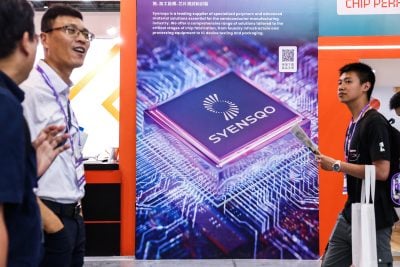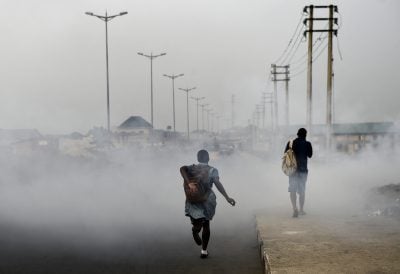“On fibre, your capacity is, I wouldn’t say infinite, but not far off it. And because we’ve put in a fully ducted network, if the capacity or the use of the fibres ever did get close to being full, we can just blow through another cable, so there is more than sufficient capacity on our networks to serve everyone in the countries in which we’re in if they wanted access. What we now need to do is to get that capacity off our network and into the hands of people.”
Once his network has reached every household, supposing that happens, would that render other internet providers redundant?
No, he says. “On the whole, I think we complement what they do. Our network is an open access, wholesale network primarily, so internet providers are all able to get access to our network on an open access basis, and they can then utilise the network to provide services that they wouldn’t have the capital to provide on their own. So the ISPs that have traditionally been using various low-cost wireless solutions can now use a properly built high-specification fibre network to provide those services.”
What will the ability to access this high-speed, top quality connectivity mean to the ordinary African?
“We have just launched a 100 megabit per second system in the countries that we’re in. That is faster than most households in the UK – the BT Infinity product runs at about 40 megabit per second, this is 100. It gives you everything you want instantaneously, from video streaming to video conferencing, to Skype, whatever you need.”
How far have we got on this revolutionary transformation of IT connectivity? “The build has still got a long way to go because we’re starting from zero and we want to move it across all income segments to ensure that we get as complete a coverage as we can on our networks.
“In fact, I don’t see our build ending – we’re in some of the fastest-developing countries in the world. The middle classes are becoming bigger and developing faster than anywhere else. The populations will double over the next 50 years so there is plenty more to do. And costs now are 10% of what they were 10 years ago and I cannot see the end of demand.”
Finally, I wanted to know what is the impact of high-speed internet connectivity on national development, especially with Africa now wanting to industrialise?
“There’s been a lot of research showing that investment in telecommunications networks adds at least 1% or 2% to GDP. But I think the world is now at a point when a country cannot develop without a modern telecommunications network. The more people that have access to a high-speed network, the more that they will use the internet, the more that they will trade on the internet, the more that they will buy and consume services over the internet.”
In short, Africa will have well and truly started its transformation into a modern, industrialised region. But before that, there is a huge amount of connectivity to be undertaken. No wonder the Liquid Telecom CEO, Nic Rudnick, is a man in a hurry.
Want to continue reading? Subscribe today.
You've read all your free articles for this month! Subscribe now to enjoy full access to our content.
Digital Monthly
£8.00 / month
Receive full unlimited access to our articles, opinions, podcasts and more.
Digital Yearly
£70.00 / year
Our best value offer - save £26 and gain access to all of our digital content for an entire year!
 Sign in with Google
Sign in with Google 


